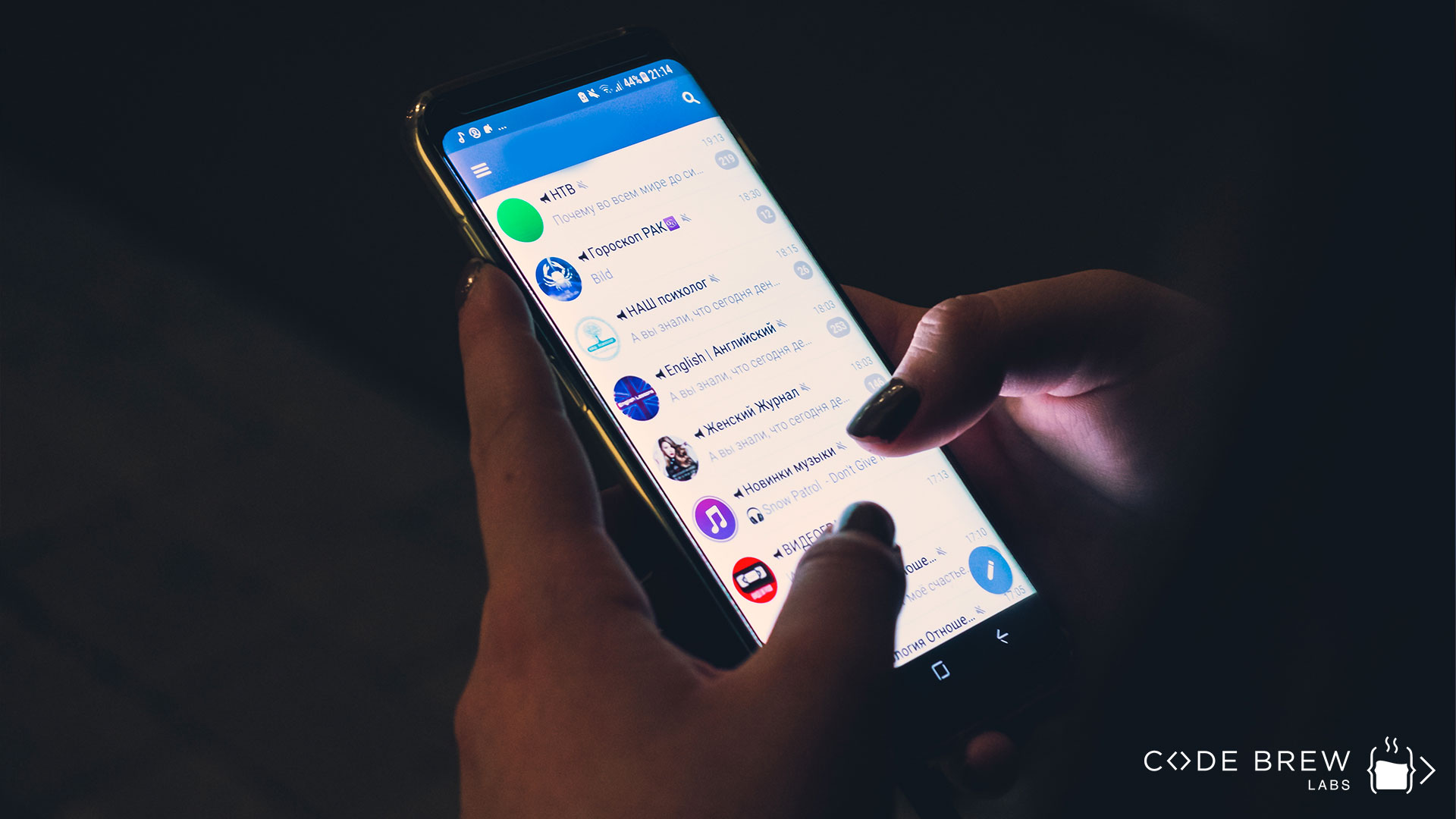
The acid test of an app starts when it goes live on the App Store. That’s when the excitement with which you’d been working for past several months reaches its climax. The verdict on your app’s true worth become apparent in a month or so. The outcome is either promising or disappointing. In either case, the onus is always on you to make the next move in the best interests of your app.
Table of Contents
How you do that determines your app’s success or failure. You might be wondering you’d done all the research that could possibly be done in the pre-development stages. What’s left now to measure that could change the way app works? The answer lies in metrics that show you how your app is used by its end-users. The thing is despite your best efforts to understand the user-mentality and offer them helpful features, there’s no certainty that they’d receive them as you intended. Moreover, it’s far too difficult to offer a solution or a mode of operation that pleases everybody For this very reason, product teams go wild after the metrics in an attempt to improve the app’s usage, utility, and profitability.
That said, getting hands on the user-engagement metrics isn’t that straightforward. Majority of apps aren’t developed to measure themselves and only offer surface level reporting. To dig deep and measure the true user engagement you’re going to need analytics tool. For instance, the app owners can only view the total number of downloads in the App Store. This won’t tell them how many of those users decided to stay or discard the app. Nor anything about the users who went on to purchase the app as opposed to those who keep using the free version. Product analytics will allow teams to uncover all those specifics and much more. This blog offers 5 crucial user-engagement metrics that every app owner should be using.

Product teams are always curious to know how addictive or ‘sticky’ their app is among their target audience. This can be found by dividing the ADAU(average daily active users) by MAU(monthly active users). The findings can reveal a lot about the product’s long-term prospects. The more users engage with the app the better. This allows the company to consider app monetization and build a loyal app following.
Session interval is taken as the time in between app sessions. It can prove as a valuable indicator of the overall user experience. For instance, a gaming app might experience session intervals that are short on the weekdays when the users are working or commuting, whereas longer during weekends, they’re relaxing and entertaining at home. The product team could utilize session intervals to make the app more useful and relevant to the end user.
Session length is a metric that shows the amount of time a user spends on a given app after opening it. This is a good indicator of the user engagement. Even though you want your app’s session length to be longer, a shorter session doesn’t necessarily mean bad for your app. It’s possible that the user was able to complete an action very quickly and therefore closed the app soon after. In that case, your app is neat and effective. It’s for reasons such as these it’s important to read this metric with a pinch of salt.
Screenflow shows how people tap, swipe, flick or drag on various app screens. This is a very useful metric to understand the route a user takes to navigate through the app and explore its various features. It can also help you spot the areas where users have most difficulty. Moreover, this metric helps developers to plan future app versions and possibly attempt to bring back the users who have stopped using the app recently.

Retention rate metric allows you to measure the users who continue to use your app for a set timeframe. They help you figure out how disposed users are to come back to your app or shut its usage. It also provides valuable insight into users’ average session intervals or the total number of sessions.
Metrics are crucial to gain an expert insight into an app’s performance and user-engagement pattern. They provide a closer look at areas where your audience struggles and also those that they enjoy the most. Taking stock of all that you can look to offer an improved version in the successive app updates. I hope you found this blog helpful. If you have anything to share, feel free to let us know in the comments section below.
